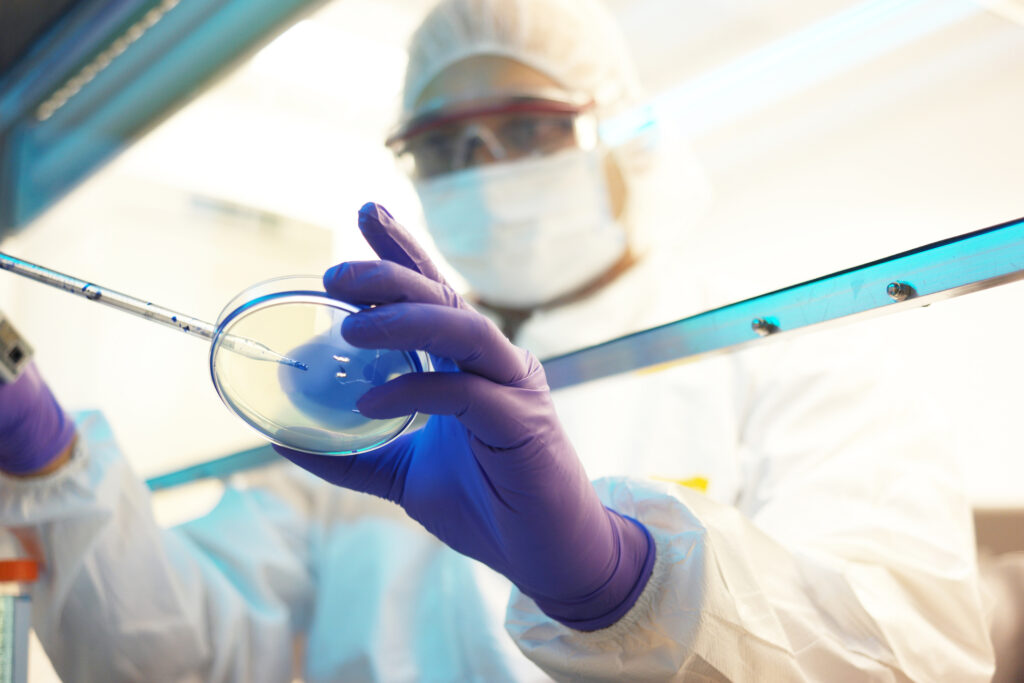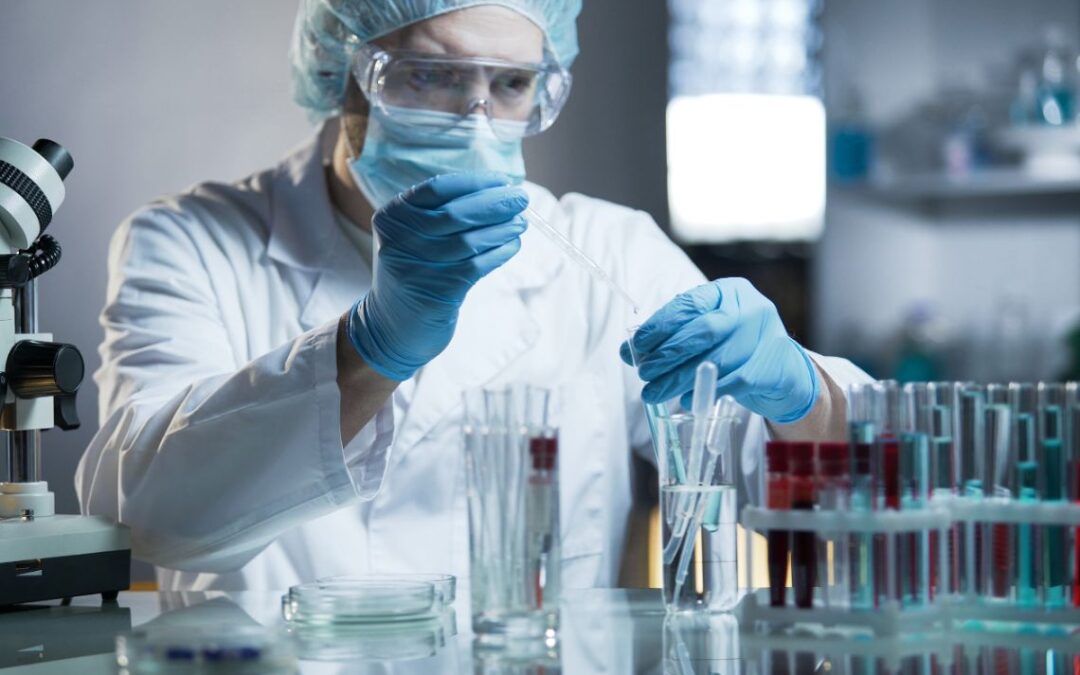Among the different uses of porcine tissues and other pig co-products, the pharmaceutical industry maximizes the use of pigs to research and create groundbreaking new medicines that improve the lives of humans and animals. This application of porcine in medicine, or materials derived from pig, supports ongoing pharmaceutical research, driving innovation and the discovery of future medicines.
Pigs are a primary source of materials for animal biologics. Biologics are potent medicines that are made from the molecules, cells or tissues of living things. Biologics can come from microorganisms, insects, plants or animals. From common medicines to cutting-edge porcine medicine, pigs play a huge role in the treatment of illness and disease.
Porcine Materials Used in Pharmaceutical Applications
- Organs and glands
- Blood vessels
- Reproductive organs
- Fluids
- Tissues
Medicines and Medicinal Components Made from Porcine Materials

- Gelatin – used to make capsules
- Epinephrine – treats severe allergic reactions or sudden asthma attacks
- Heparin – Blood Thinner used to treat and prevent blood clots
- Progesterone – helps prepare the body for pregnancy by stimulating glandular development and the development of new blood vessels
- Oxytocin – helps start or continue labor and to control bleeding after deliver
- Insulin – helps keep blood sugar under control and prevents diabetes complications
- Thyroid medications – helps treat an underactive thyroid gland (hypothyroidism)
- Melatonin – helps treat delayed sleep phase and circadian rhythm sleep disorders in the blind and provide some insomnia relief.
Dozens upon dozens of products are made from this short list of porcine materials. In turn, these pig products in medicine contribute to many pharmaceutical applications and continue to play important roles in the development of new medicines and biomedical advances, thereby improving patient outcomes in medicine.
From common medicines to cutting-edge porcine biologics, having porcine and pigs in medicine plays a huge role in the treatment of illness and disease. Porcine medication is a cornerstone in this field, offering reliable and biologically compatible solutions for a variety of health challenges.
Because of the nature of porcine medication, production methods demand consistent quality and purity to continue saving lives. At SSR, we pride ourselves in the quality we provide and the ability to scale our production to meet the precise needs of our clients. Whether that is customized solutions, reliable production capabilities, or collaborative opportunities.
As research continues to evolve, the role of porcine in medicine is expected to expand, contributing to more advanced treatment options and better patient care. If you have any other questions about our products, services or partnership opportunities, please contact us online. We look forward to assisting you in your pharmaceutical endeavors.
Porcine Materials and Pharmaceuticals FAQs
Why are porcine materials used in pharmaceutical development?
Porcine tissues, organs, glands, fluids, and blood vessels are used because they provide biologics like insulin, heparin, epinephrine, and thyroid‐related compounds, benefiting human and animal medicine.
What types of porcine materials are used in medical applications?
Common porcine materials include organs and glands, tissues, reproductive organs, blood vessels, and bodily fluids.
Is porcine-derived heparin important in medicine?
Yes — heparin derived from porcine tissue acts as a blood thinner used to prevent or treat blood clots, especially in surgical or clinical settings.
Let's Collaborate
With SSR and Johnsonville LLC, we offer flexible partnership options. Let's explore how we can work together to achieve your goals.


